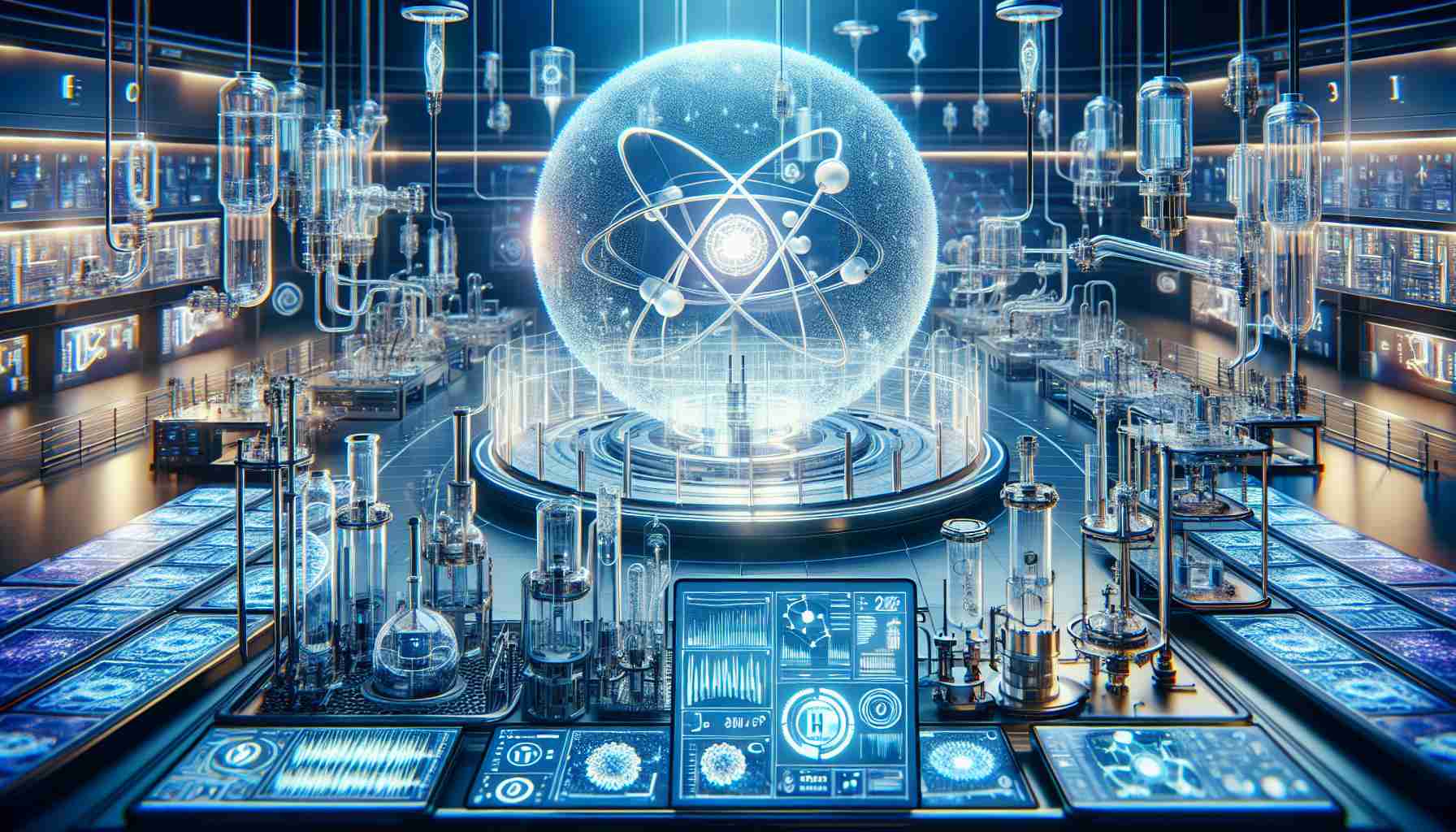
Revolutionizing Energy with Hydrogen
Hydrogen is emerging as a strong candidate to replace fossil fuels, positioning itself as a clean and efficient energy solution for both power generation and transportation. However, its journey towards widespread adoption is hindered by significant challenges, primarily revolving around high costs associated with production, storage, and transport.
Traditional methods for producing hydrogen, particularly through steam reforming of methane, are heavily reliant on fossil fuels, raising sustainability concerns. While the process of electrolysis offers a cleaner option, it currently supplies only a small fraction of the global energy demand and remains costly.
Recent advancements in renewable technology have opened up pathways for producing hydrogen in an eco-friendly manner. Notably, researchers from Oregon State University have made considerable strides by developing an innovative photocatalyst that converts sunlight and water into hydrogen efficiently. This new catalyst, crafted by the team led by Kyriakos Stylianou, employs metal-organic frameworks (MOFs) to enhance hydrogen output.
The standout variant of their metal oxide heterojunction, known as RTTA-1, has demonstrated impressive results by generating over 10,700 micromoles of hydrogen in just one hour. This breakthrough not only illustrates improved production rates but also reinforces the promise of MOF-derived materials as viable photocatalysts for sustainable energy.
As hydrogen holds potential for applications in fuel cells, chemical production, and integration into renewable strategies, the findings from OSU pave the way for a more sustainable energy future.
Hydrogen Energy: A Game-Changer for Sustainable Power Solutions
Introduction to Hydrogen as an Energy Solution
Hydrogen is increasingly recognized as a promising alternative to fossil fuels, presenting a clean and efficient approach to energy generation and transportation. As the world grapples with the need for sustainable energy sources, hydrogen stands at the forefront, offering potential solutions to both power generation and emissions reduction.
Production Challenges and Innovations
Despite its potential, hydrogen production faces substantial obstacles, primarily due to high production costs and the reliance on fossil fuels. Currently, the predominant method of hydrogen production is steam reforming of methane, which is not sustainable. In contrast, electrolysis, while cleaner, remains an expensive and underutilized method, supplying only a minor share of global energy needs.
Latest Advances in Eco-Friendly Hydrogen Production:
Innovations in renewable technology are key to overcoming these challenges. The recent research from Oregon State University marks a significant milestone in this domain. Led by Kyriakos Stylianou, the team has developed a groundbreaking photocatalyst that effectively converts sunlight and water into hydrogen, enhancing sustainability and efficiency.
Key Features of Recent Developments
1. Metal-Organic Frameworks (MOFs): The research emphasizes the use of MOFs, which are shown to significantly boost hydrogen production rates.
2. RTTA-1 Catalyst: The specific variant, RTTA-1, has outperformed expectations by generating over 10,700 micromoles of hydrogen in just one hour.
3. Efficiency and Scalability: The methods developed suggest a potential for scaling up production while maintaining environmental integrity.
Use Cases and Future Applications of Hydrogen
Hydrogen possesses diverse applications that can have transformative impacts on various sectors:
– Fuel Cells: Hydrogen fuel cells provide a clean energy source for vehicles and stationary power.
– Chemical Production: Hydrogen is vital in producing ammonia and other chemicals with lower carbon footprints.
– Integration with Renewables: Hydrogen can be stored and transported, making it a feasible option for balancing intermittent renewable energy sources like solar and wind.
Pros and Cons of Hydrogen Energy
Pros:
– Clean Energy Source: When burned, hydrogen produces only water vapor, making it a truly clean alternative.
– Abundant Resource: Hydrogen is the most abundant element in the universe, offering a near-unlimited supply.
– Versatile Applications: It is applicable in various domains, including transportation, power generation, and industrial processes.
Cons:
– High Production Costs: Current production methods can be economically challenging.
– Infrastructure Development: Building the necessary infrastructure for hydrogen storage and transport requires significant investment.
– Energy Density Concerns: Hydrogen has a lower energy density by volume compared to fossil fuels, which can complicate its use in certain applications.
Current Trends and Future Predictions
The hydrogen economy is gaining traction, with governments and private sectors investing heavily in hydrogen technologies:
– Increased Funding: As countries aim to meet carbon neutrality targets, investments in hydrogen production technologies are on the rise.
– Carbon Capture and Storage: Innovations in combining hydrogen production with carbon capture technologies are being explored to address emissions from traditional methods.
– Global Initiatives: Countries like Germany and Japan are leading hydrogen initiatives, promoting policies that favor hydrogen adoption as a key aspect of their energy strategies.
Conclusion: The Future of Hydrogen Energy
As research continues to innovate within the hydrogen sector, the potential for hydrogen as a clean energy solution looks promising. The developments from Oregon State University highlight the strides being made towards sustainable hydrogen production. By addressing the current challenges, hydrogen can play a crucial role in the global transition towards a more sustainable energy future.
For more information on sustainable energy innovations, visit Oregon State University.



